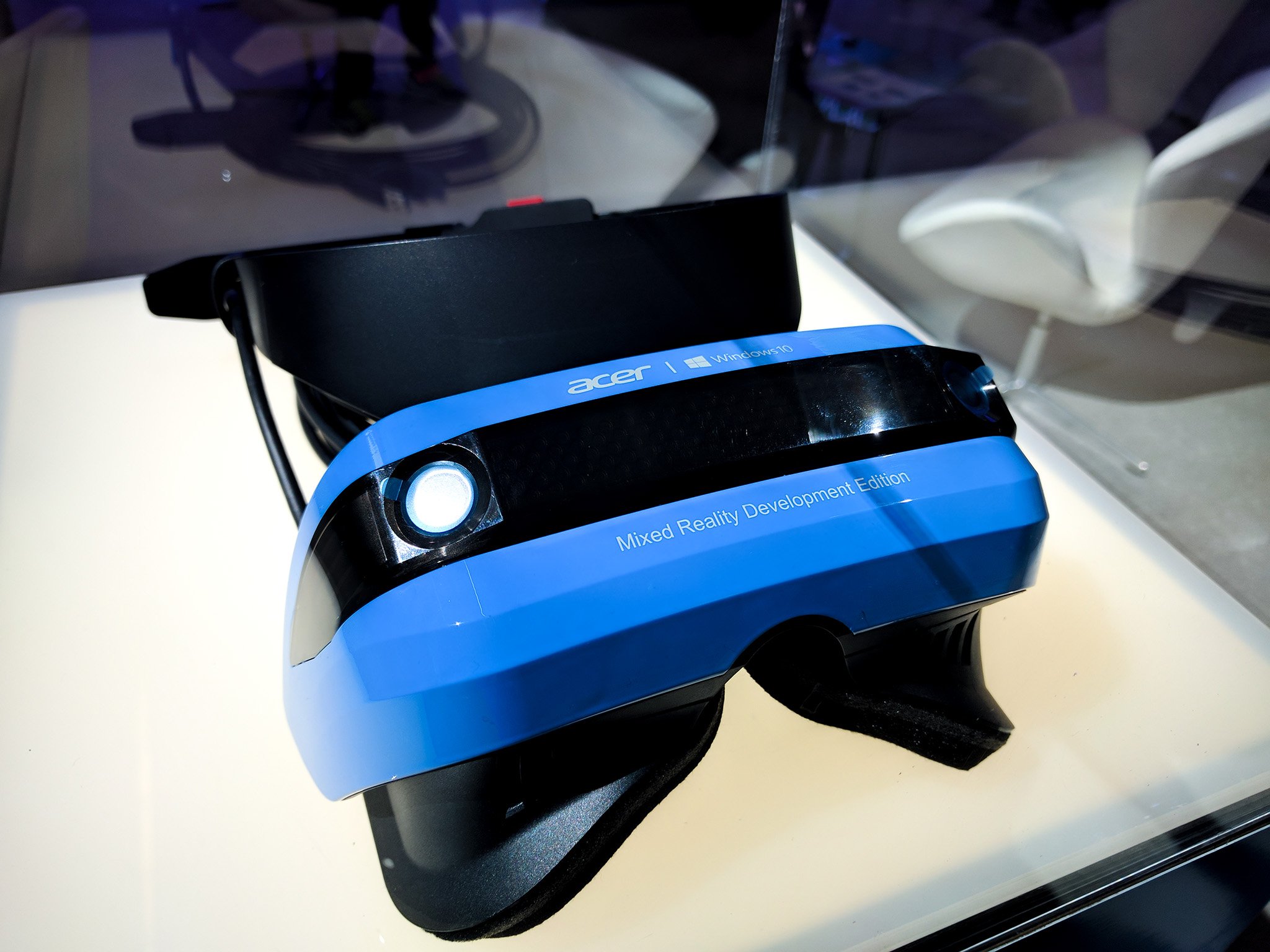Acer's developer edition Windows Mixed Reality Headset now available
Acer's Windows Mixed Reality headset is now up for grabs on the Microsoft Store.

Though it has been available for preorder since Microsoft's Build 2017 developer conference in May, Acer's Windows Mixed Reality Headset Developer Edition is now generally available through the Microsoft Store (via Neowin). HP's developer headset is also available as of today and previous orders are shipping, but it is currently listed as out of stock on the Microsoft Store.
As far as specs are concerned, each headset features two 1440 x 1440 LCD displays with a 2.89-inch diagonal display size. Each headset also covers a 95-degree horizontal field of view and a 90 Hz native refresh rate. Part of what makes Microsoft's Windows Mixed Reality efforts interesting, inside-out tracking, is also on board, eliminating the need for the types of external sensors that you see with VR headsets that are currently on the market.
With so many shared specs, the main differences the two headsets lie in their designs, and even those are fairly similar. The biggest difference is that the Acer unit features a glossy blue aesthetic, while HP has opted for matte black.
If you're interested, you can find the Acer's developer headset up for grabs for $299 directly through the Microsoft Store now. HP's headset will be available for $329 once it is back in stock.
All the latest news, reviews, and guides for Windows and Xbox diehards.

Dan Thorp-Lancaster is the former Editor-in-Chief of Windows Central. He began working with Windows Central, Android Central, and iMore as a news writer in 2014 and is obsessed with tech of all sorts. You can follow Dan on Twitter @DthorpL and Instagram @heyitsdtl.

